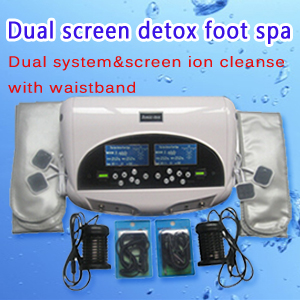What creams, lotions, and home remedies are available for psoriasis
Topical (skin applied) treatments include topical corticosteroids, vitamin D analogue creams like calcitriol, topical retinoids (tazarotene [Tazorac]), moisturizers, topical immunomodulators (tacrolimus and pimecrolimus), coal tar, anthralin, and others.
Topical corticosteroids (steroids, such as hydrocortisone) are very useful and often the first-line treatment for limited or small areas of psoriasis. These come in many preparations, including sprays, liquid, creams, gels, ointments, and foams. Steroids come in many different strengths, including stronger ones that are used for elbows, knees, and tougher skin areas and milder ones for areas like the face, underarms, and groin. These are usually applied once or twice a day to affected skin areas. Strong steroid preparations should be limited in use. Overuse or prolonged use may cause problems, including potential permanent skin thinning and damage called atrophy.
Calcitriol cream is useful in psoriasis because of its effect on calcium metabolism. The advantage of calcitriol is that it is not known to thin the skin like topical steroids. A similar drug, calcitriol (Rocaltrol, Vectical, Calcijex) or calcipotriene (Dovonex, Sorilux), may be used in combination with topical steroids for better results. There is a newer combination preparation of calcipotriene and a topical steroid called Taclonex. Not all patients may respond to calcipotriene. Prolonged use of these types of medications on more than 20% of the skin surface can produce an abnormal rise in body calcium levels.
Moisturizers, especially with therapeutic concentrations of salicylic acid, lactic acid, urea, and glycolic acid may be helpful in psoriasis. These moisturizers are available as prescription and nonprescription forms. These help reduce the scales that impede the movement of topical medications into the deeper layers of the skin. Some available preparations include salicylic acid (Salex) and lactic acid (AmLactin, Lac-Hydrin). These may be used one to three times a day on the body. Other bland moisturizers, including Vaseline and Crisco vegetable shortening, may also be helpful in at least reducing the dry appearance of psoriasis.
Immunomodulators (tacrolimus and pimecrolimus) have also been used with some limited success in mild psoriasis. These have the advantage of not causing skin thinning. They may have other potential side effects, including skin infections and possible malignancies (cancers). The exact association of these immunomodulator creams and cancer is controversial.
Bath salts or bathing in high-salt-concentration waters like the Dead Sea in the Middle East along with careful exposure to sunlight can be beneficial to psoriasis patients.
Coal tar is available in multiple preparations, including shampoos, bath solutions, and creams. Coal tar may help reduce the appearance and decrease the flakes in psoriasis. The odor, staining, and overall messiness with coal tar may make it less desirable than other therapies. A major advantage with tar is lack of skin thinning.
Anthralin is available for topical use as a cream, ointment, or paste. The stinging, possible irritation, and skin discoloration may make this less acceptable to use. Anthralin may be applied for 10-30 minutes to psoriatic skin.
This article is provide from [Metatron 4025 hunter],please indicate the source address reprinted:http://www.healthycarer.com/news/other/1484.html






